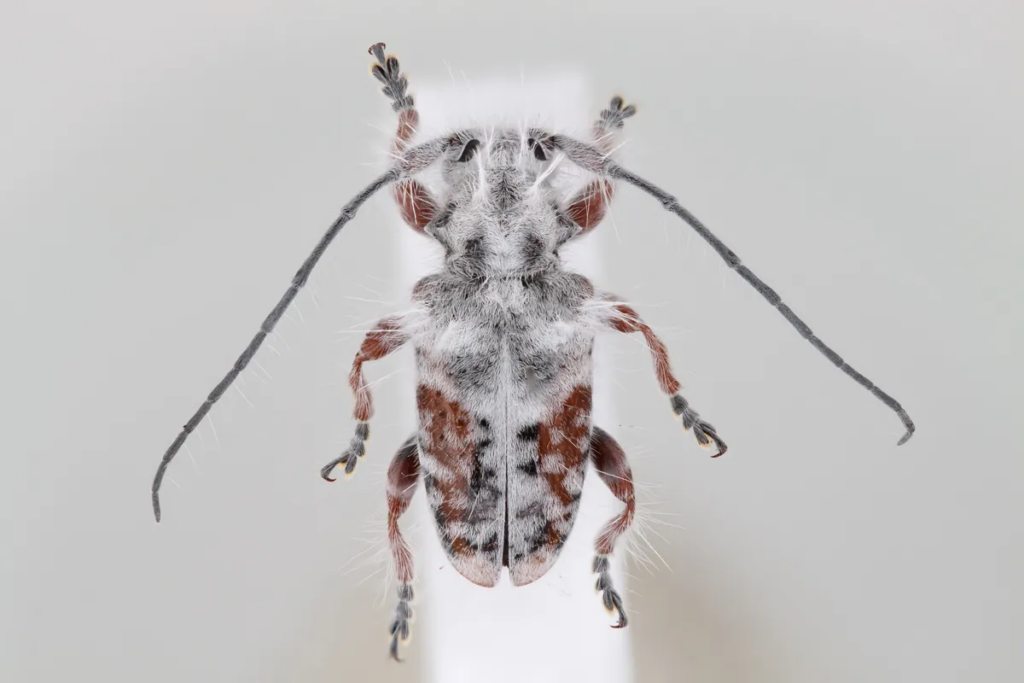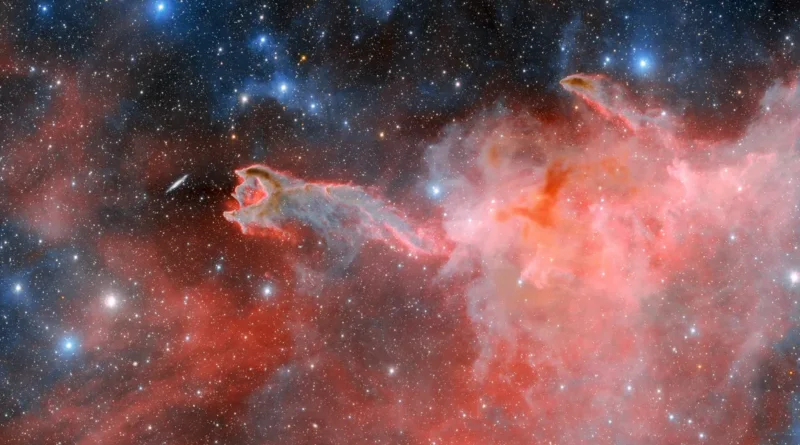In the world of birds and bugs of the Australian rainforest, those who act tough or hide have a slightly better chance of survival. Or some decide to look so disgusting that even hungry predators don't risk eating them. A brilliant example of this latter tactic was recently discovered in the form of the Australian punk bug, which looks like a cross between bird droppings and a fungus-infested corpse.
The long-nosed beetle was discovered by a team from the University of Queensland during a recent expedition to the rainforests of Australia's Gold Coast. Although the beetle was identified as a new species, it almost went unnoticed because researchers briefly mistook it for bird droppings.
"I was walking around the campsite at Binna Burra Lodge one morning and something about a Lomandra leaf caught my eye," James Tweed, the University of Queensland graduate student who made the discovery, said in a statement.
"To my surprise, I saw the most unusual and fluffy long-nosed beetle I have ever seen. Measuring 9,7 millimeters [just over 1/3 of an inch], it was a striking red and black beauty covered in long white hairs,” Tweed added.
After returning from the expedition, Tweed looked through scientific papers to see what species this beetle might belong to, but found no match. In search of answers, he posted photos of the mysterious species in an Australian beetle group on Facebook. The post caused considerable interest and admiration, but no one could identify the insect.
Contacting the Australian National Insect Collection in Canberra, Tweed was finally able to confirm that the beetle was a completely new species, even a new genus: Excastra albopilosa.
"We chose the name Excastra for the genus, which is Latin for 'from the camp,' and for the species name, albopilosa, which translates as 'white and hairy,'" Tweed explained.
As for its unusual appearance, researchers believe it could be an example of Batesian mimicry, an evolutionary "trick" that harmless species use to appear more dangerous than they really are.
The fine white hairs covering the beetle may have evolved to make the insect look like it is infected with a pathogenic fungus, making it an unattractive sight to swooping birds.
"We don't yet know what these hairs are for, but our main theory is that they make the insect look like it's been killed by an insect-killing fungus," Tweed suggests.

"Perhaps this deters predators such as birds from eating it, but until someone finds more specimens and studies the species more closely, we won't be able to say for sure why this beetle is so hairy," he says.
There are many ingenious examples of Bates mimicry in nature. For example, the great mouse bat makes a sound similar to the defensive buzz of hornets when owls fly into their caves. Frightened by the bite, the owl will hear the noise and quickly leave the bat's home, unaware that it has been tricked.


 209
209












